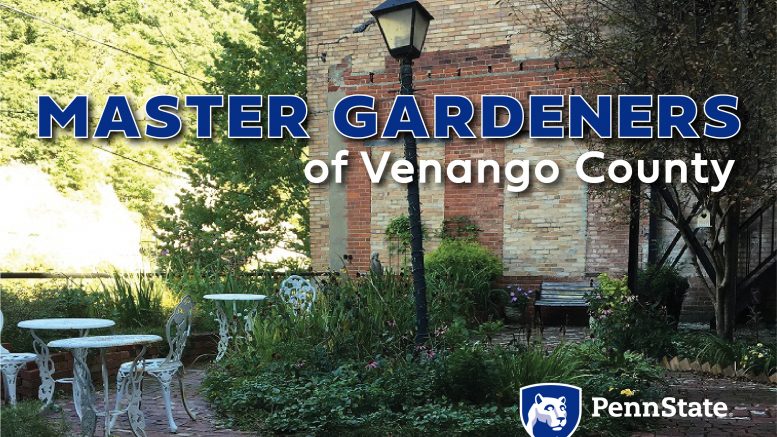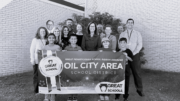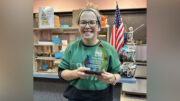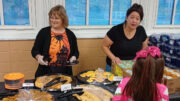Traditional beliefs about gardening can sometimes do more harm than good. Learn what research has to say about some popular garden myths.
With winter slowly receding and seed catalogs filling our mailboxes, a new gardening season is around the corner. We are awash in suggestions for how to successfully care for plants, but it is imperative to sift through information provided on websites and garden articles, seeking facts, not fiction. Despite being repeated for decades, many horticultural practices can do more harm than good. Debunking these myths, and embracing better gardening practices, will ensure success in your garden projects.
Whether you are caring for a potted indoor plant or planning to plant containers this spring, beware of the following myths.
Potted indoor plant or container plant myths
Myth one: “A layer of coarse material at the bottom of a container improves drainage.”
While it is important for a container to have drainage holes for root aeration, it is counterproductive to add coarse material (stones, gravel, pot shards) on the assumption that drainage is improved. Studies have shown that the movement of water through a potting medium is hindered, rather than helped, via the presence of coarse material in the container bottom. In addition, drainage material takes up valuable space in a small container. Accurate guidelines for planting a container are:
- Eliminate the coarse material
- Fill the container with a quality potting mix
- Add a mesh material, whether recycled mesh bags or a piece of screen, to minimize potting mix washing through the drainage holes.
If you are caring for an indoor plant and are using saucers to protect furniture, be sure to empty the saucer after watering.
Myth two: “If a gardening pesticide is organic, it must be safe.”
Organic products carry the cachet of being superior to conventional offerings, whether food, cosmetics or horticultural products. When it comes to organic products for the garden it is important to understand the impact of the ingredients in the formula. For example, insecticidal soap is a safe, effective organic insecticide that has minimal negative impact on the environment. Conversely, the insecticide pyrethrum, derived from chrysanthemums, is also organic and natural, yet it can be toxic to some beneficial insects, as well as humans and animals, if not handled properly.
The take-a-way from this is twofold:
- because a product is organic and/or natural does not mean that it is safe to use
- if the use of a chemical is needed, always start with the least toxic product.
Penn State Extension is a good resource for evaluating safety and efficacy of a specific chemical for use in the landscape. Be sure to follow the manufacturer’s recommendations for use and disposal of any chemical.
If you are planting or pruning trees this growing season two long-standing myths have been debunked by research.
Planting or pruning tree myths
Myth one: “Newly planted young trees must be staked”
This is one practice that has been replaced with the knowledge that staking has an adverse effect on how trees become established. A tree that has a sturdy root ball and is stable in the planting hole does not need to be staked. The natural movement of a tree in the wind helps it to develop a sturdier trunk and root system.
Staking may be needed, albeit briefly, if you are planting in a location where wind or a severe slope will not allow the tree to stand upright at the initial time of planting. If you are planting a bare-root tree and it can’t stand without support, a brief period of staking may also be required. Seek guidance on the recommended staking techniques to ensure that the tree grows properly and that none of the staking components injures the bark.
Myth two: “covering a tree’s pruning cut with pruning paint helps to protect the wound.”
If part of your garden maintenance this spring includes pruning, don’t fall for this myth. While products are still sold to paint over pruning cuts, this is a practice that should not be used. It can do more harm than good in creating an environment prone to rot. Trees have their own built-in repair system that allows the wound to seal, or compartmentalize, on its own over time. Always use sharp, clean cutting tools.
Author
Steve Piskor
Master Gardener
Allegheny County
https://extension.psu.edu/debunking-garden-myths



































